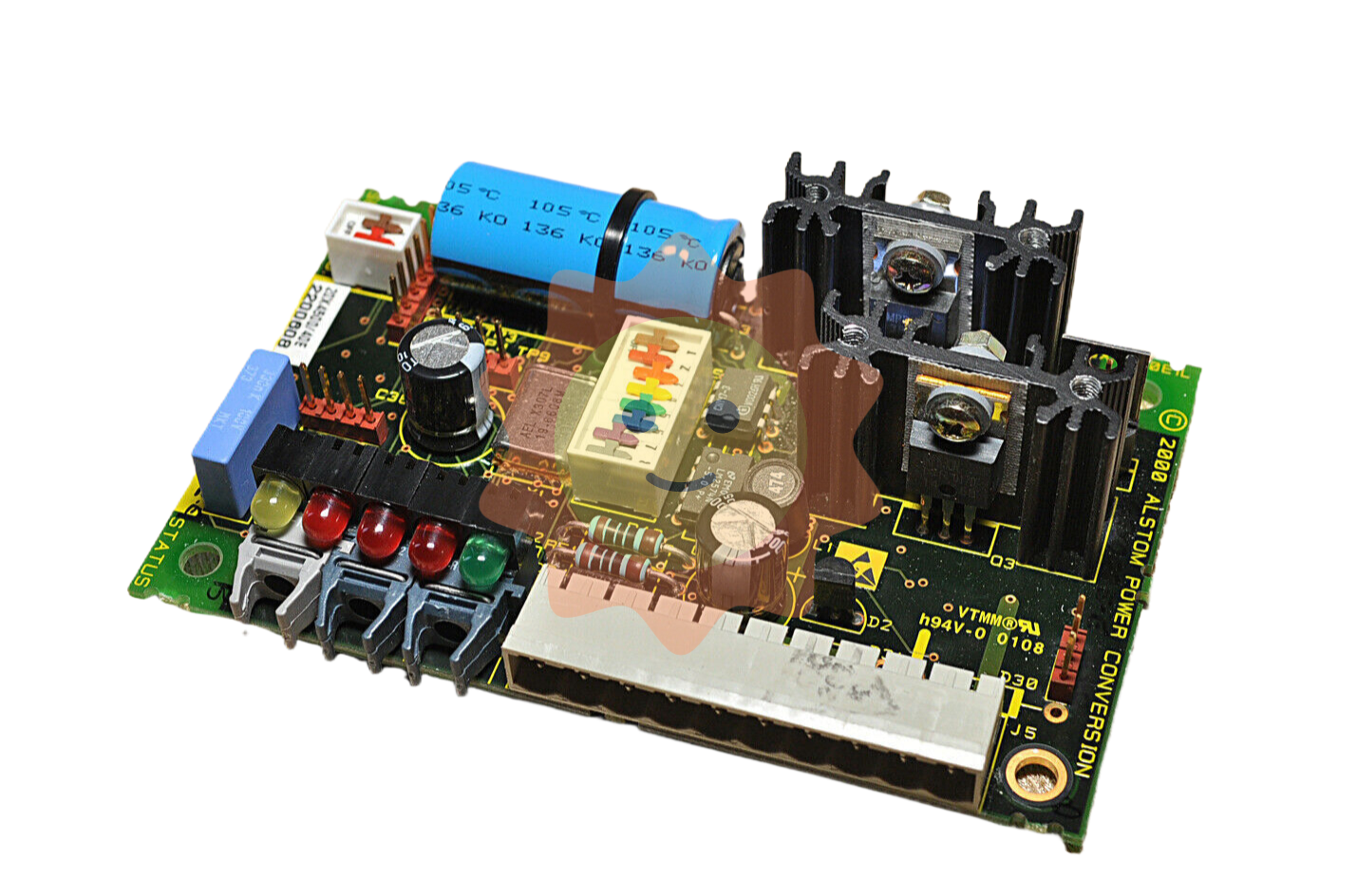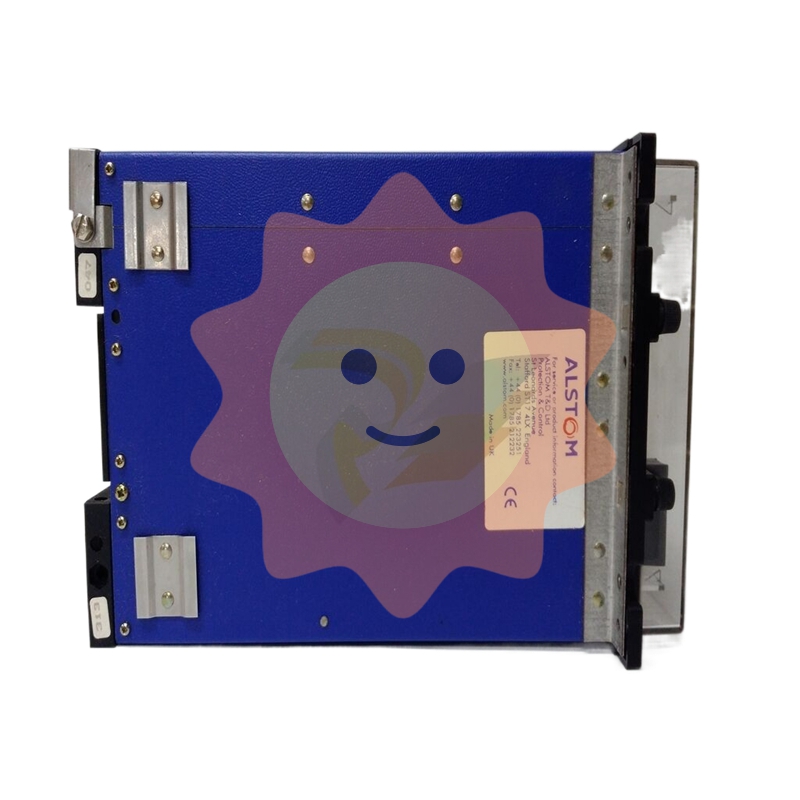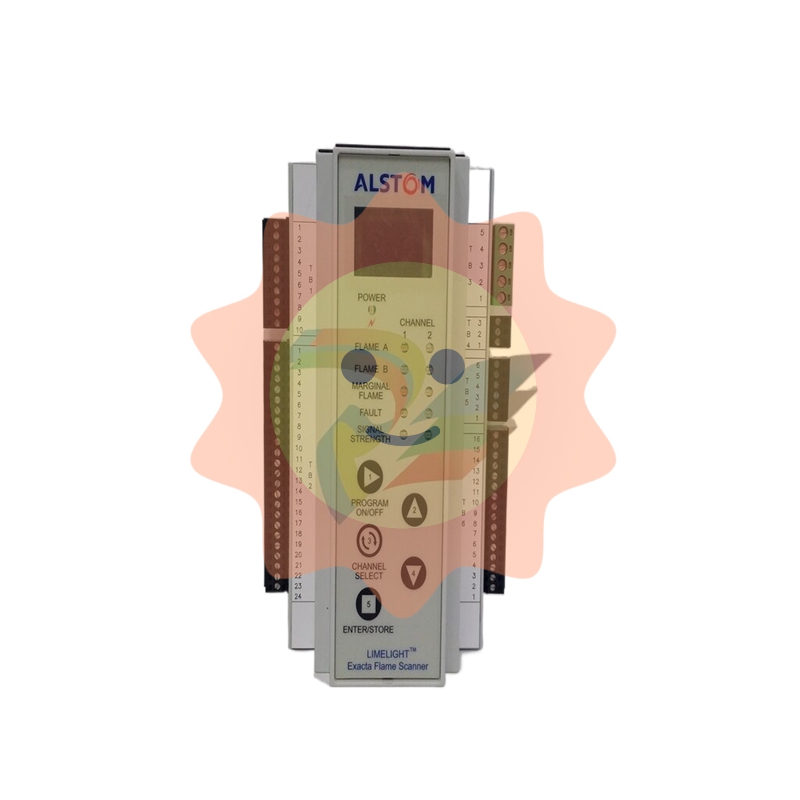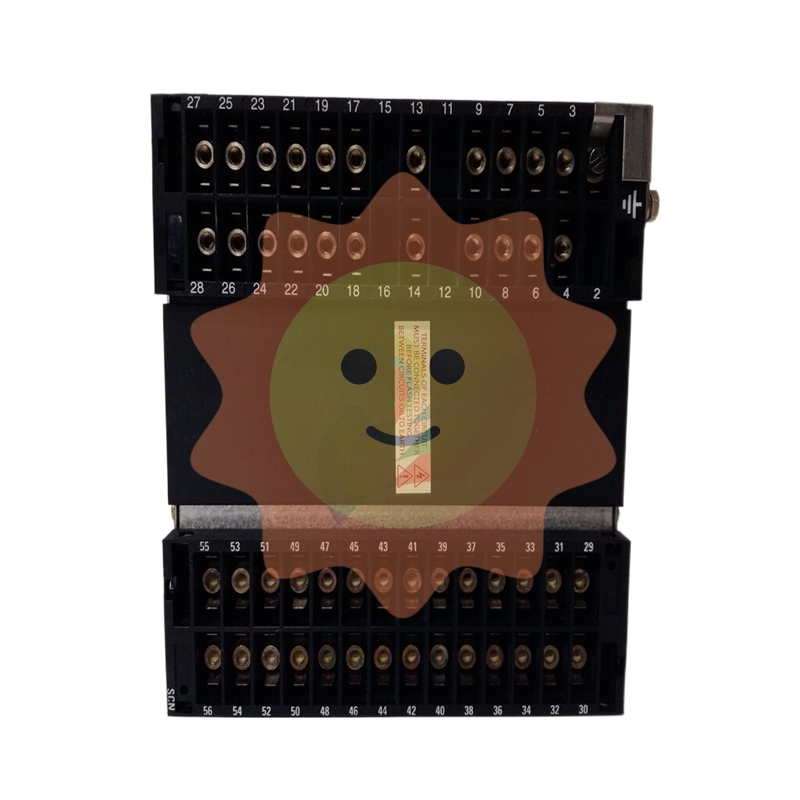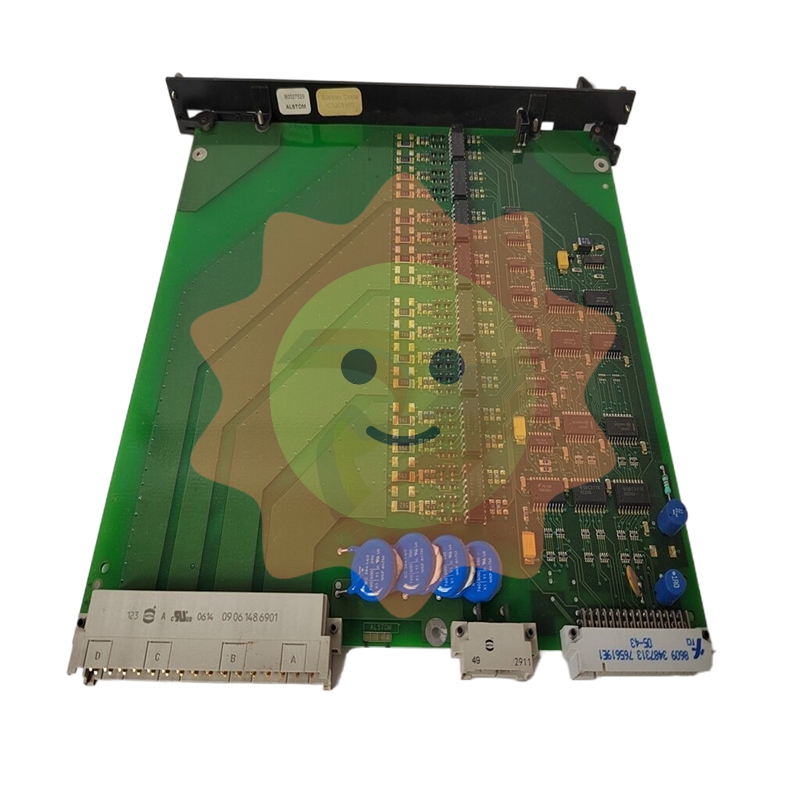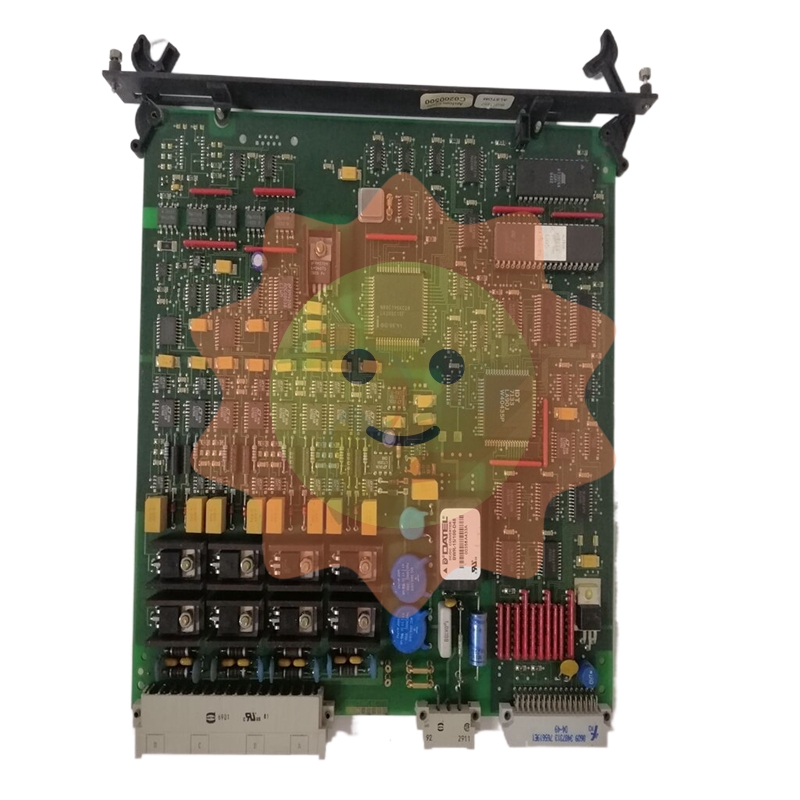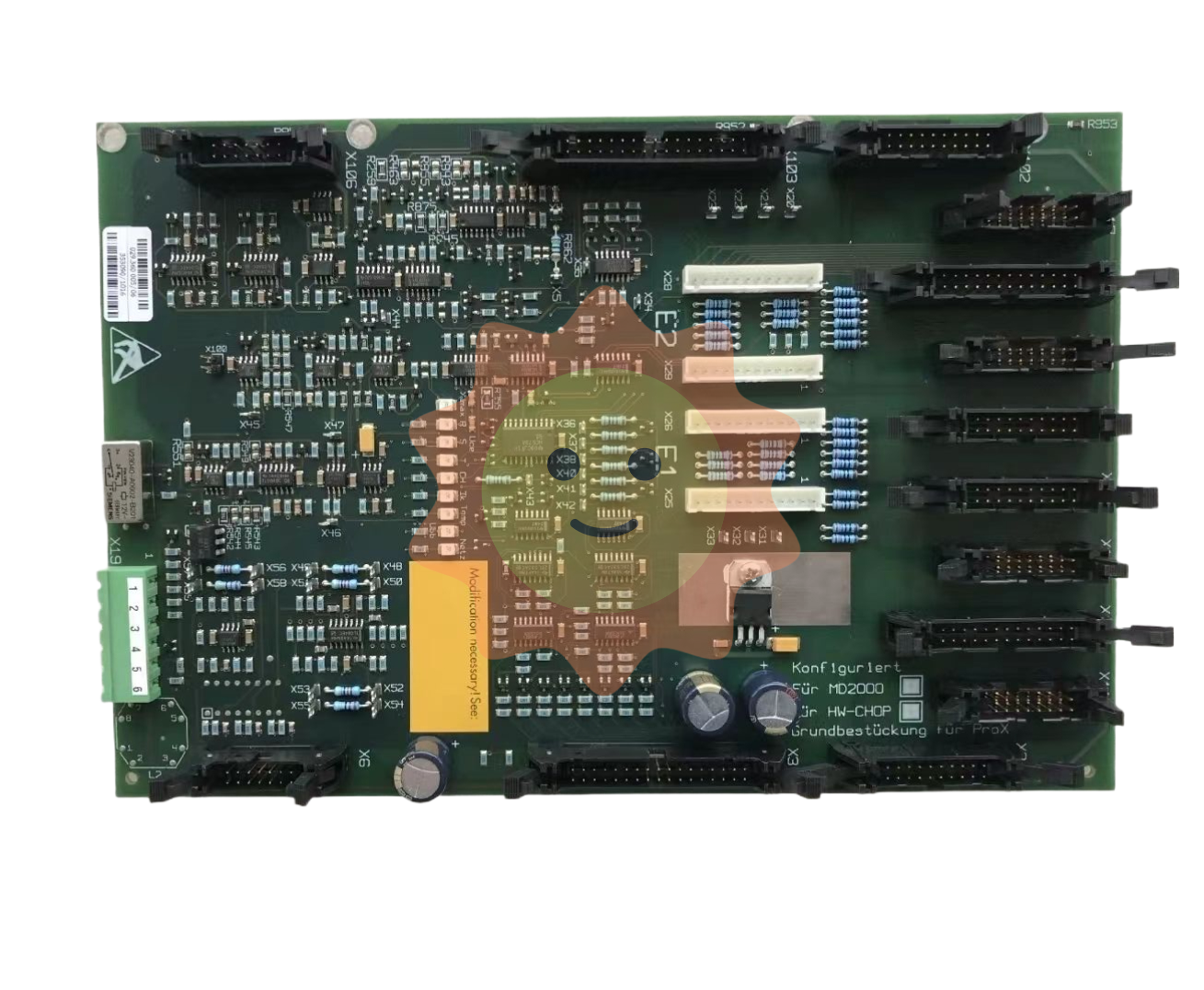How to achieve green and low-carbon development of sewage treatment?
It can be predicted that the sewage treatment industry does not have the objective conditions to undertake large-scale emission reduction tasks in the short term.
However, from the level of enhancing the core competitiveness of enterprises, green and low-carbon development is also the way to go.
At the same time, as a policy-driven industry, if enterprises can start low-carbon change early, they will win greater initiative and broader space for development.

03 How to achieve green and low-carbon development?
So, how can the sewage treatment industry achieve green and low-carbon development? In general, it can be considered from the two aspects of open source and throttle. Combing the advanced experience at home and abroad can be specifically started from the following aspects.
1. Optimize the process to recover organic energy
First of all, to achieve energy self-sufficiency through open source is to fundamentally solve the problem of green and low-carbon development. It is estimated that the energy contained in sewage is 9-10 times as much as the energy consumed by the sewage treatment itself. Carbon neutrality can be achieved by optimizing wastewater treatment process, recovering organic energy and utilizing biogas thermal cogeneration.
Austria's Strass sewage treatment plant continues to optimize and improve the process, as early as 2005 to achieve production capacity greater than energy consumption (108% energy self-sufficiency rate), has reached 200% energy self-sufficiency rate, exceeding the standard to achieve carbon neutrality.
The Sheboygan Wastewater Treatment plant in the United States uses methane produced by anaerobic co-digestion of high-concentration food waste and sludge for cogeneration, and adopts energy-saving measures to achieve a ratio of 90% to 115% of electricity consumption, which has approached the goal of carbon neutrality.
In the field of sludge disposal, the domestic Xiaohongmen and Gaobeidian sludge treatment centers have successfully operated, and the sludge gas production rate has exceeded the expected target, in addition to meeting the needs of thermal hydrolysis energy balance, there is still a surplus.
This fully shows that the advanced anaerobic digestion technology of sludge has been relatively reliable and stable, which not only explores new ideas for domestic sludge treatment, but also provides strong support for achieving carbon neutrality.
Of course, wastewater treatment process optimization is a long-term process. The strass wastewater treatment plant in Austria has spent more than 10 years continuously optimizing the treatment process to reach the current level of treatment.
In addition, the influent COD concentration of China's urban sewage treatment plant is low, only 40%-70% of that of European and American countries, resulting in insufficient carbon sources. This requires that the sewage treatment process suitable for China's national conditions must be developed according to local conditions.
2. China's sewage treatment concept plant practice
While deeply studying and understanding the concepts, processes, technologies and engineering practices of foreign advanced sewage treatment plants, Chinese academia and industry are also actively exploring new sewage treatment models.
In 2014, Qu Jiuhui, academician of the Chinese Academy of Engineering, and six other experts proposed the idea of "building a future-oriented Chinese sewage treatment concept plant". In 2018, Henan Water Resources Investment Group and Zhongshou Water Company built the third sewage treatment plant in Suixian County, Shangqiu, Henan, based on the earlier version of the concept plant.
Suixian project comprehensively uses straw, livestock manure, aquatic grass and sludge and other materials for collaborative high-dry anaerobic digestion. DANAS dry anaerobic fermentation technology is adopted to significantly improve the efficiency of organic matter treatment and realize the virtuous circulation and resource operation of materials. The biogas produced is used to generate electricity, which can meet 20-30% of the plant's energy consumption.

At the same time, the difficulty of sludge treatment is reduced, and the organic fertilizer produced after sludge treatment has been used for experimental crop planting in the factory.
The project has been widely recognized and has made local residents and the government feel the charm of innovative and green development.
If the Suixian project is the 1.0 version of the concept plant, then the Jiangsu Yixing city water resources concept plant, which will be started in April 2020, is the 2.0 version.
The project is the first sewage treatment plant to fully follow the concept of the concept plant. In addition to the basic function of pollutant reduction, it also has new functions such as urban energy plant, water plant and fertilizer plant, and will further develop into a new environmental infrastructure with all-round integration and mutual benefit between urban and rural areas.
The project was completed in the middle of this year, and if it can continue to operate steadily, it will have a far-reaching impact on the green and low-carbon development and industrial upgrading of China's sewage treatment industry.
- EMERSON
- Honeywell
- CTI
- Rolls-Royce
- General Electric
- Woodward
- Yaskawa
- xYCOM
- Motorola
- Siemens
- Rockwell
- ABB
- B&R
- HIMA
- Construction site
- electricity
- Automobile market
- PLC
- DCS
- Motor drivers
- VSD
- Implications
- cement
- CO2
- CEM
- methane
- Artificial intelligence
- Titanic
- Solar energy
- Hydrogen fuel cell
- Hydrogen and fuel cells
- Hydrogen and oxygen fuel cells
- tyre
- Chemical fiber
- dynamo
- corpuscle
- Pulp and paper
- printing
- fossil
- FANUC
- Food and beverage
- Life science
- Sewage treatment
- Personal care
- electricity
- boats
- infrastructure
- Automobile industry
- metallurgy
- Nuclear power generation
- Geothermal power generation
- Water and wastewater
- Infrastructure construction
- Mine hazard
- steel
- papermaking
- Natural gas industry
- Infrastructure construction
- Power and energy
- Rubber and plastic
- Renewable energy
- pharmacy
- mining
- Plastic industry
- Schneider
- Kongsberg
- NI
- Wind energy
- International petroleum
- International new energy network
- gas
- WATLOW
- ProSoft
- SEW
- wind
- ADVANCED
- Reliance
- YOKOGAWA
- TRICONEX
- FOXBORO
- METSO
- MAN
- Advantest
- ADVANCED
- ALSTOM
- Control Wave
- AB
- AMAT
- STUDER
- KONGSBERG
- MOTOROLA
- DANAHER MOTION
- Bentley
- Galil
- EATON
- MOLEX
- Triconex
- DEIF
- B&W


email:1583694102@qq.com
wang@kongjiangauto.com

















